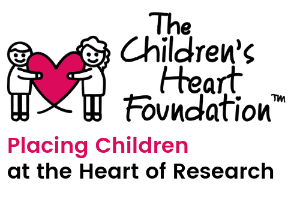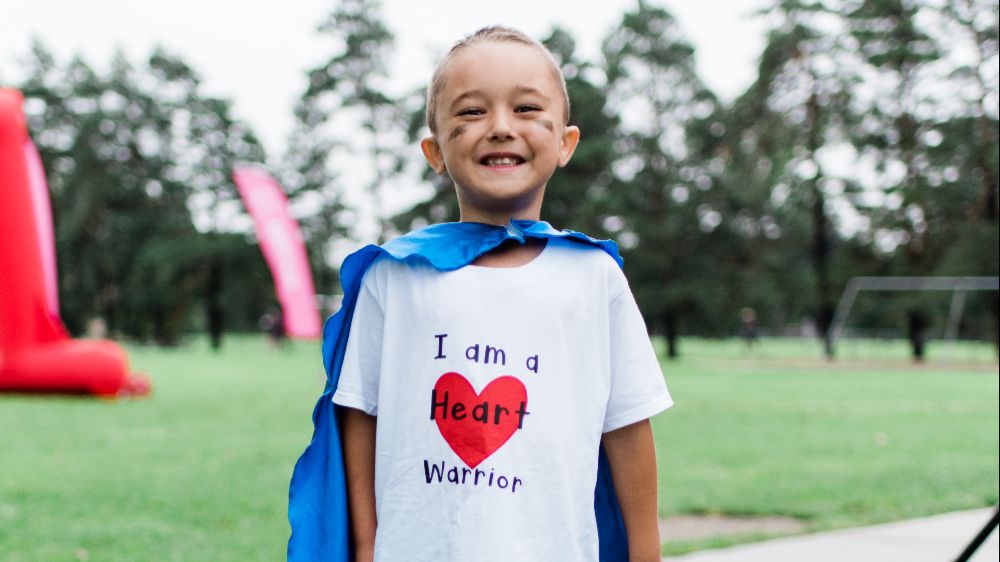“I wouldn’t be here without research…”

“I’m 59, so I’ve been on this journey awhile,” shares Mike Putnam, a heart warrior from Ohio.
Born with double-inlet left ventricle, Mike had his first surgery at 11 months of age at a time when he didn’t understand anything about what he was going through.
“The doctors didn’t understand a lot about it, either, but I was losing a lot of weight,” says Mike. “They banded the right artery so it would stop growing and that allowed my systems to equalize. I did well with that until I was a teenager.” Surgeons performed the Blalock-Taussig shunt on Mike’s heart at age 16.
“I think my parents handled it well,” he says. “They could’ve restricted me much more than they did. They were a little protective of me, especially when they could tell when I was getting tired—but let me do what I could within my bounds. They didn’t treat me any differently than my brother and two sisters.”
When he was a child, his parents didn’t share many specifics of his heart condition. “I don’t think my parents even fully understood it, as it really was revolutionary at the time,” he says. “They never got into specifics with me until I was 16 and facing the second surgery, and then they and the doctors explained the anatomy of things a little more.”
Mike continues: “As I grew older, doctors had perfected the Fontan for kids but not for adults, so they decided to try it on me at age 26. It has served me well.”
While there have been a few restrictions along the way, Mike has appreciated the advice of his doctors to exercise, do what he can, and limit himself as needed throughout his lifetime.
His parents wouldn’t allow him to participate in organized sports, Mike notes, “but I pushed myself hard when playing with friends in the neighborhood, and I played intramural sports in college without Mom and Dad knowing. I was able to do what I could until I got tired, and thankfully I had good friends who understood my limits.”
The longtime heart warrior has had a total of three surgeries along with an ablation and implantation of a pacemaker in 2014.
Today his care involves visits to his doctors and cardiologists every six months. He has a strong loyalty to two providers. “I go to Dr. Curt Daniels at Ohio State University Hospital and Dr. Carole Warnes at Mayo Clinic alternating every six months,” Mike shares. “I have two groups that work well together and have been really fortunate with that.”
He credits research for saving and extending his life.
“I had a procedure that was revolutionary for someone less than 1 year old at the time, but none of it could have happened without all the research done before,” Mike explains. “From my perspective, I wouldn’t be here without research. I’ve been on the cutting edge of it. Somehow the research was out there ahead of me, and now I’ve benefited from that at least four times.”
Even though Mike’s heart procedures were completed before The Children’s Heart Foundation was founded in 1996, he fully supports its mission. “The Children’s Heart Foundation is helping build a base of knowledge about CHD issues so they can be resolved in the future.”
With his eyes on the future, Mike shares his story to encourage others. “I wanted to get this message out to help parents and families deal with this a little more. As someone with a CHD, I probably have the easier part. But parents of children with CHDs, especially parents with really young kids, are my biggest heroes. They have to guide their kids through the whole process.”
As an adult living with a congenital heart defect, Mike has also been a hero to his own children and helped them better understand his journey.
“The most important lesson I’ve learned from my dad is how he takes every day one day at a time…how he doesn’t sweat the small stuff…how every moment of time is borrowed time,” shares his oldest daughter, Ashley. “That’s how he functions—waking up every morning and thinking, ‘I’m lucky to have this day, to have this time.’”



